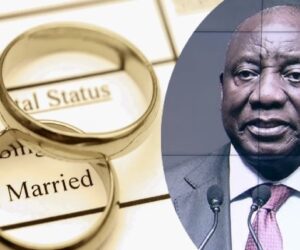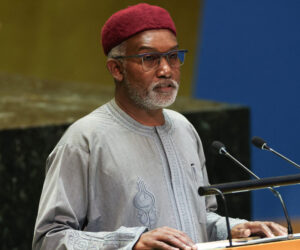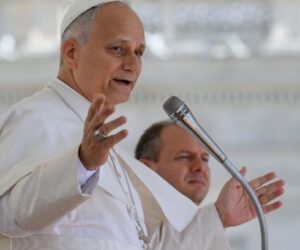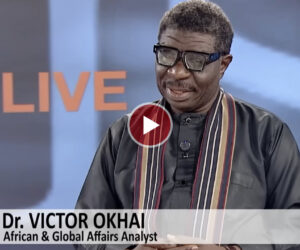The Managing Director/Chief Executive Officer of the Association of Power Generation Companies (APGC), Dr. Joy Ogaji, has warned that the Federal Government’s debt to electricity generation companies (Gencos) has hit ₦5.6 trillion as of August 2025, with projections that it could rise above ₦6 trillion by December.
Speaking in an interview with ARISE News on Wednesday, Dr. Ogaji stressed that the mounting debt was crippling the sector and cautioned that any planned settlement must also take into account other creditors beyond the Gencos.
“The invoice, they are invoicing embezzled, so every 100 Naira, the gas suppliers have 60 Naira or 70 Naira as the case may be. The ₦6 trillion or the ₦4 trillion that is being designed is not only Genco’s money, so we also want to inform the government that while the design for a ₦4 trillion bond is in place, we should take into cognizance the fact that we also have creditors that are waiting for their money,” she said.
Dr. Ogaji dismissed suggestions that government’s planned settlement could be through promissory notes, insisting that the figures available from the Debt Management Office (DMO) fell far short of the Gencos’ claims.
“Our research shows that from the DMO office, what has been budgeted for 2025 is just ₦800 billion. Remember I said every month we are invoicing ₦280 billion per month. If the DMO has only marked ₦800 billion for this year, then telling us that you will pay our debt through promissory notes is not tenable at all. Because ₦800 billion, one, promissory note, as you all may know, it is designed for all government creditors, not just Gencos. Let’s also just for purposes of the discussion assume that the ₦800 billion is designed specifically for Gencos — that is not enough.”
She emphasised that contrary to popular opinion, the companies were not demanding subsidies but simply payment for electricity already generated, consumed, but left unpaid.
“On the issue of what are the alternatives, for the way the market is designed, alternative is very, very slim because the generation companies enter into agreements with the bulk trader, which is set up by the Federal Government to obtain power from Gencos. And being a trader, it’s supposed to trade this power it has taken and pay us back. But from inception till date, NBET has not been able to pay fully for the power it has taken.
“So, when government in that meeting promised that they are going to pay this money, we are hopeful that they should come up with a solution. However, from the Genco’s perspective, because it is already a product that has already been produced, sold, consumed, but not paid for, we are not asking for subsidy as in some quarters, some people believe that government wants to give Gencos subsidies. It’s not a subsidy. It’s not an intervention. It is your money, it’s your right, it’s not subsidy, it’s not an intervention.”
Pressed on the exact figure owed, Dr. Ogaji provided a detailed breakdown of the debt trajectory.
“Yes, and it is growing. As of December 2024, it was ₦4 trillion. And that was the subject of the discussion with Mr. President, to design a solution to quickly pay off that, while we look at 2025. So, 2025, from January to August, like I told you, we give a monthly invoice of about ₦280 billion every month. And out of that, just 35–36 percent, averagely, is paid. If you take out 36 or 35 percent, we’re looking at about 65 or 64 percent that is unpaid.So, if you do your mathematics, every month we’re looking at, averagely, about ₦200 billion unpaid. From January to August, that’s already ₦1.6 trillion added to the ₦4 trillion. So, as at August ending, we’re looking at about ₦5.6 trillion. The projection is by December, we need ₦6 trillion and above. So, as of today, the money the government is owing the generation companies, as of August, not the end of September, is ₦5.6 trillion.”
She maintained that clarity was still lacking on whether the Federal Government’s promised bond issuance would cover the full legacy debt or just part of it.
Boluwatife Enome
Follow us on:








